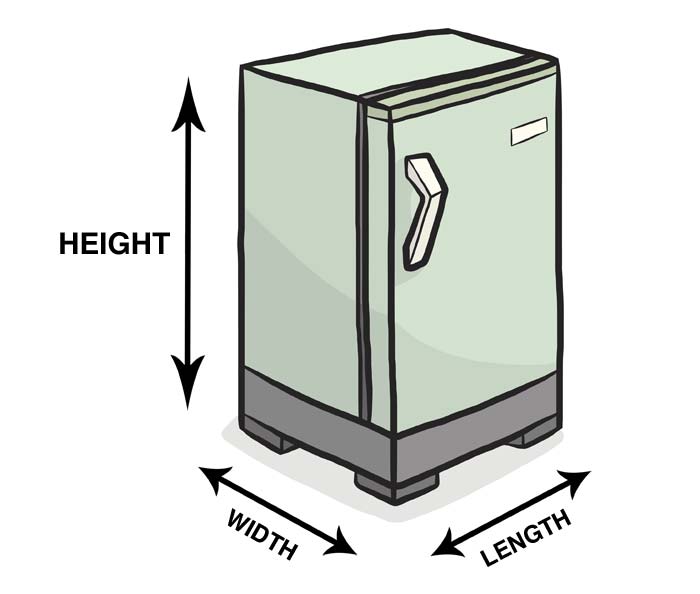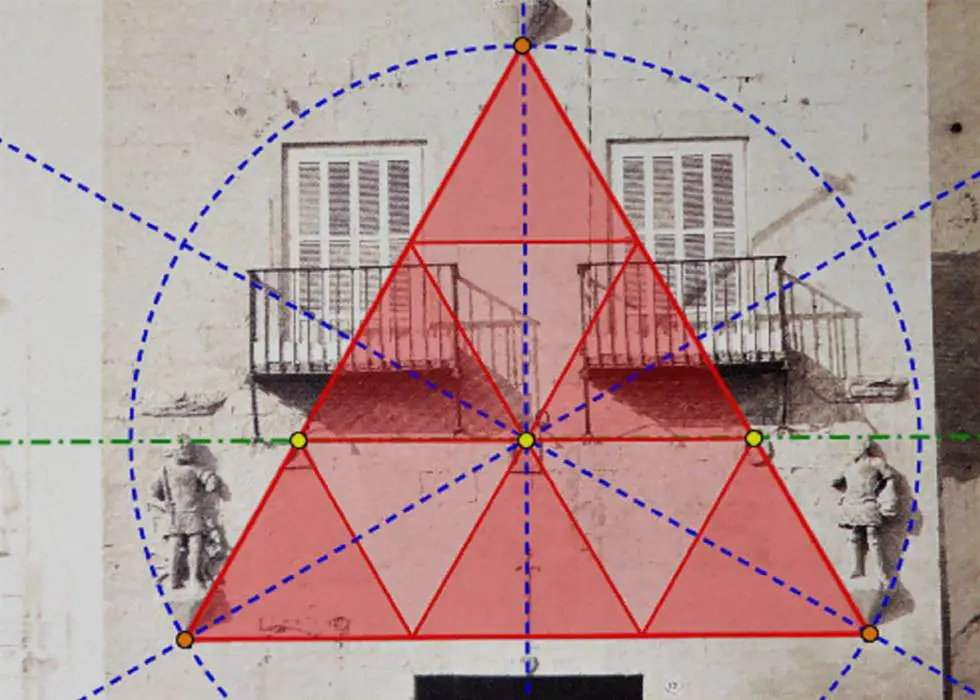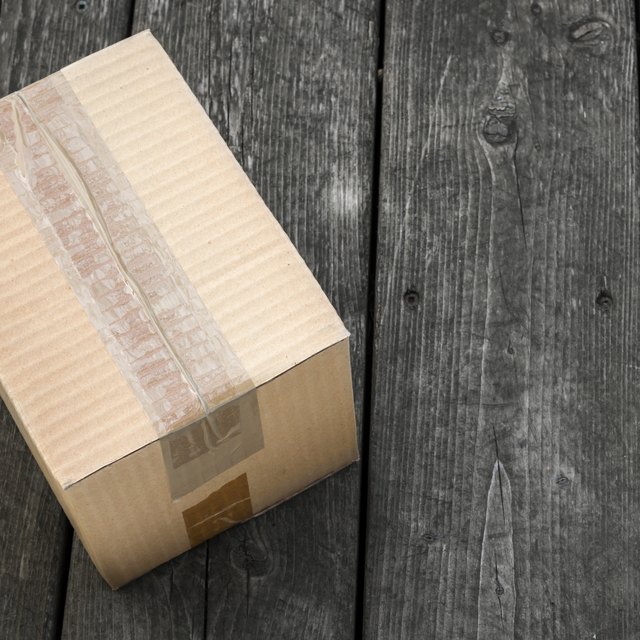
Figure cubic feet RazwanaRomaan
For the hole volume formula, you need to know the depth of your hole, as well as the radius or diameter when you have a cylindrical shape. While the depth is the distance from the top or surface to the bottom of the hole, the radius is the straight line from the center to the circumference of a circle or sphere.The radius is also half of the value of the diameter.

Birkenstock Width Sale Websites, Save 60 jlcatj.gob.mx
Welcome to the post-hole concrete calculator, a tool created to know how much post-hole concrete your fence requires. It'll give you the volume of concrete mix for your post hole.. Once you know how much concrete is needed for the post hole, visit the cement calculator to determine how much cement, sand, gravel, water, or money you'll need.; We recommend the post depth be at least 1/3 the post.

How Big is 2 Cubic Feet? Guide) MeasuringKnowHow
Note that the volume of appliances are often measured using the interior dimensions rather than the exterior. Start by finding the volume in cubic inches. volume = 19″ × 14″ × 10″. volume = 2,660 cu in. Then divide by 1,728 to find cubic feet. volume = 2,660 cu in ÷ 1,728. volume = 1.54 cu ft.

Cubic Yard To Cubic Feet Conversion
Calculate the Volume. Plug your values into the formula that calculates the volume of a cylinder. This formula is pi * radius squared * height = volume. Pi is 3.142. The radius is 3. The height is 10. So, plug in your values of 3.142 * 3^2 * 10 and calculate. The volume is 282.78 cubic centimeters.

Cubic inches to cubic feet YouTube
Calculate the hole volume using 3 times the width of the post or 10.5″ or 0.88 feet: 0.88′ × 0.88′ × 2′ depth = 1.55 cubic feet. Subtract the post volume from the hole volume: 1.55 - 0.17 = 1.38 cubic feet per post hole. Multiply times the total number of posts: 1.38 × 20 posts = 27.6 cubic feet. Add 10% for waste = 30.36 cubic feet.

Cubic Feet Calculator MoreWoodWorking
Holes & Columns. Calculate the volume of cubic yards needed to fill in a hole, column or round footing. Holes & Columns Size; Diameter : feet: Depth : feet: Quantity : Concrete Volume; Cubic Yards:. His kiln had a length of 150 feet (45.72 meters), allowing him to scale up production by a large margin. Today's kilns are even longer, at 500.

How To Calculate Your Height In Meters Squared
Using a hole volume calculator is typically straightforward: Input Dimensions: Enter the diameter and depth of the hole or excavation. Calculate: Click the calculate button or perform the equivalent action to initiate the computation. Review Results: The calculator will promptly display the volume of the hole, often in cubic meters, cubic feet.

How to calculate cubic and linear feet for your move to Mexico
The calculation employed by the Hole Volume Calculator is straightforward: V = π * r^2 * h. Where: V is the volume of the cylinder (which in this case represents the hole volume). π (pi) is approximately equal to 3.14159. r is the radius of the hole (the distance from the center of the hole to its edge). h is the height or length of the hole.

Convert From Cubic Feet Per Hour To Cubic Inches Per Hour
Use this Rectangular Soil Hole Volume Calculator one of our soil hole calculators to determine the volume of a rectangular hole, in (cubic feet), and in (gallons). The calculator also outputs the weight of the soil removed and the new volume, in (cubic feet), and in (gallons), based on the soil swell factor. The output numbers can be used to.

How Big is 3 Cubic Feet? MeasuringKnowHow
The Hole Area Calculator follows the formula: Hole Area (HA) = D V Hole Area (HA): Represents the surface area of the hole, measured in square feet (ft²). Hole Volume (V): Represents the three-dimensional space occupied by the hole, measured in cubic feet (ft³). Hole Depth (D): Signifies the vertical distance from the surface to the bottom of.

Cubic Feet Calculator BSC Wallah
The calculator will indicate the number of 50 lb. bags of QUIKRETE® Fast-Setting Concrete you need. Enter Hole Depth in inches: For 2 inch post diameter / 6 inch hole diameter: For 3 inch post diameter / 9 inch hole diameter: For 4 inch post diameter / 12 inch hole diameter: For 6 inch post diameter / 18 inch hole diameter:

Cubic Feet Calculator MoreWoodWorking
Choose Round Column (or Round Slab) on the calculator. Enter Height 4 ft (or 48 in) Enter Diameter 10 in. Calculate and the answer is 0.08 cubic yards for one concrete tube. Multiply 0.08 x 50 = 4 total cubic yards of concrete for 50 tubes. Note that this calculation is the volume of your tubes only and does not account for any overflow or loss.
Cad Lisp and Tips Xls Cubic Foot Calculator
To calculate the volume for a footing in the bottom of a post hole, leave the drop down selected "no post". Use inches in the next two number boxes for a diameter and a depth for the post hole. This calculator is only as accurate as the information entered. Make sure to use a tape measure when determining the diameter and the depth for the.

How Cubic Feet Calculations are Important design
If you need to convert to cubic feet from inches: divide the final number (i.e. the total you get after multiplying the three dimensions together) by 1728. If you need to convert to cubic feet from meters/metres: multiply your final number by 35.31. If you need to convert to cubic feet from yards: multiply your final number by 27.

How to Calculate the Cubic Feet of a Hole Sciencing
Round Hole. Measure the distance across the hole, and then divide this value by two. This is the hole's radius. (Note: After obtaining measurements, remember to convert the units to feet.) Multiply the radius value by itself. For example, if the radius equals 4 feet, multiply 4 x 4. Multiply the resultant value by Pi (3.14).

Cubic Feet Calculator Online Cubic Feet Calculator
The formula used by the Hole Area Calculator is: Hole Area = Hole Volume / Hole Depth. In this formula, the Hole Volume represents the total volume of the hole, typically measured in cubic feet (ft³). The Hole Depth represents the depth or height of the hole, typically measured in feet (ft). To calculate the Hole Area, divide the Hole Volume.
- Vacances Scolaires 2024 Nouvelle Aquitaine
- Comprar Marisco En La Pineda
- Arroz De Polvo Na Bimby
- Lexus Is 300 Interior 2019
- Antigua Caja Polvos Talco Heno Pravia
- Calculo De Productividad Chofer Camiones
- Complementos Para Vestido Azul Electrico Corto
- Junta Municipal Del Distrito De Retiro
- Lexus Is 220d President 2008
- Flores De Color Morado Claro